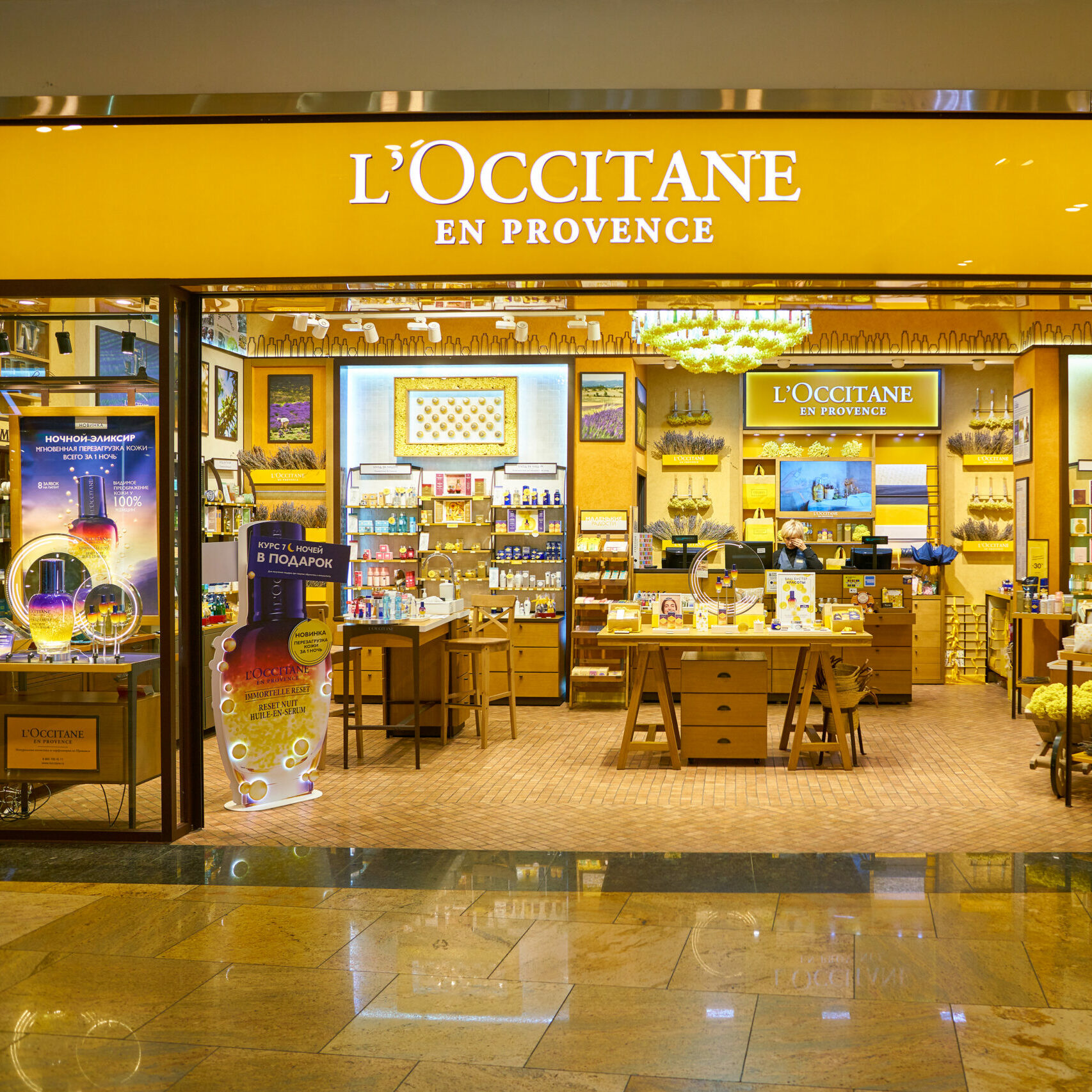By Matt Mulry, Dillon Eustace – Whether you’re looking to launch a private equity fund focused on venture capital, real estate, infrastructure, technology, energy, health care or art or a hedge fund focused on global macro, long/short equity, special situations, fixed-income or commodities the Cayman Islands is a great place to start.
There are many options available to the start up manager to establish a track record and build the scale required to attract capital from key institutional investors across the globe. The right first step will depend on the location of the manager, the nature of the initial investors, the capital that is likely to be available at launch and the manager’s capital raising and marketing aspirations. This blog looks at the options available to a manager at each stage in the life cycle of their fund.
Choosing the right structure and establishing a track record
The funds market today, with its post-financial crisis compliance burdens, requires that a start up manager looking to launch their own fund should have access to an initial capital at launch of between USD10 million and USD50 million in order to be able to provide a viable fund structure and an attractive return to investors.
Managers based in Europe or in Asia may want to take advantage of the lower cost base and lighter regulatory touch available in the Cayman Islands to launch their first fund where an initial launch with an AUM of USD10m is still viable. Managers based in the United States will often start out by managing money only for US taxable investors in order to establish the track record and the size required to attract institutional investors. As a first step US managers are therefore likely to focus on a domestic US fund commonly established as a Delaware limited partnership.
The Cayman Islands offers a closely held hedge fund product which can be used by start up managers who are targeting a small group of initial investors. The Cayman closely held hedge fund requires that its investors by a majority in number should be able to appoint and remove the operator (directors, general partner or trustee). This potentially gives the majority a certain degree of control over the fund if they take the move to replace the operators who are then able to remove new service providers including the manager. The closely held fund is not however required to register with the Cayman regulator or to appoint a Cayman approved auditor which can result in savings in regulatory and service provider costs.
There are other options available to start up managers where an initial capital of around USD10m is not immediately available and consideration may be given to operating on a managed account basis where a manager has access to a single high value initial investor or to joining a fund platform where initial fund raising is likely to be from a wider pool of investors.
A managed account can be used where a manger intends to service a single investor and is willing to be subject to greater control and scrutiny than would generally be involved in the management of an investment fund structure. Investment by a single investor into a managed account is commonly through a corporate vehicle to ensure limited liability. If a Cayman entity is used for this purpose as a “fund of one” it will not be subject to regulation as a collective investment fund and can therefore be more cost effective to manage. Where a manager is setting out to target investment from ultra-high net worth individuals the managed account can be a good way to establish and develop an initial relationship with a key investor.
Where a start manager does not have an initial investor willing to contribute a significant amount of capital at launch, fund platforms can offer a framework to gain access to the operational oversight, administration, compliance services and market experience of an existing fund structure on cost-effective terms. The fund platform can be a useful first step to newly emerging managers who want to share their administration and compliance burdens with other managers as they build out their private equity fund or hedge fund. The Cayman exempted segregated portfolio company is the ideal structure for a fund platform and many of these companies are currently operated by leading international administrators and fiduciary services providers. Where an emerging manger is seeking to join an existing fund platform structure it is advisable to instruct lawyers to review the platform’s constitutional and offering terms to ensure a good fit with the manager’s product and that there is an effective exit from the fund platform when the time is right for the manager to launch its own independent fund.
Expanding horizons
A closely held Cayman hedge fund may be restructured as a registered hedge fund and its constitutional and offering documents may already provide for this step in the fund’s growth. The expansion of a hedge fund’s investor base and the consequent increase in available capital is likely to justify the additional cost of regulation and the appointment of approved Cayman auditors.
Where a US start up manager has grown their US private equity fund or hedge fund and has a track record which is of interest to US pensions, endowments or other US tax exempt or US non-taxable institutional investors or to investors outside the US the next step will usually be to add a Cayman Islands vehicle to their US fund structure. The addition of a Cayman feeder fund to attract these new classes of investors and a Cayman master fund to pool the assets of each feeder is a time-tested structure for US asset managers. This market familiarity of the Cayman / US fund structure can be a significant boost to a start up manager’s next level of fund raising.
Once a managed account has reached a sufficient size and its manager has demonstrated its ability to direct its client’s investments an agreement might be reached with their investor that the managed account should be re-structured. The initial investor has the potential to receive a greater return from a trusted start up manager by facilitating the expansion of the manager’s investment discretion and the expansion of their investment strategy to a wider pool of investors. The introduction of additional capital may also eventually allow for the controlled exit of the initial investor from the fund without affecting the funds viability as a continuing investment product. The ability to increase the scale of the manager’s operations and the availability of greater capital to pursue a successful investment strategy may justify the re-structuring of the managed account arrangement into a Cayman Islands private equity or registered hedge fund which can be marketed to a wide pool of sophisticated and institutional investors.
If a platform fund structure has been used and the investment portfolio has outgrown the agreed parameters of the platform or has grown to a size that the manager considers will justify a departure from the platform it can be developed into a fully independent fund structure tailored more specifically to the needs of the manager and its investors. The platform structure may have an in-built exit mechanism or the manager may facilitate an exit by transferring assets to a new Cayman Islands private equity or registered hedge fund vehicle by way of in specie subscription and a subsequent compulsory redemption in specie of investors from the platform structure, resulting in the investors holding a direct investment in the new Cayman Islands fund.
In all cases any special terms agreed with initial or significant investors as the fund expands beyond its initial stages such as rebated fees, greater access to reporting, more favourable liquidity or transferability provisions and most favoured nation clauses will need to be carefully considered and legal advice should be sought to ensure that such provisions are enforceable and correctly implemented. An investment manager or adviser may also want to establish a Cayman entity as the manager to their fund to take advantage of the light touch Cayman regulatory regime and the absence of local income or capital taxes. There may also be advantages in establishing a local presence in the Cayman Islands for a manager, hiring employees locally and putting in place an infrastructure to evidence a permanent establishment outside their home jurisdiction.
Wider investor markets and global reach
Once a manager has grown their fund to the USD100 million mark it may be time to consider expanding into the more highly regulated markets. A higher degree of regulation can increase the prospective investor base available to the fund and its marketability to its existing investor base.
Managers can pursue a listing of their Cayman fund’s securities on an internationally recognised stock exchange which increases the fund’s marketability through greater transparency of net asset value information reporting and a higher level of regulatory oversight.
A manager might rely on the reputation they have earned in building a successful Cayman and/or US fund to launch a parallel European fund structure for marketing into the leading jurisdictions throughout Europe. Irish alternative investment funds can be established to follow the investment strategy of an existing Cayman or US fund on a parallel basis with the incorporation of certain minimum regulatory requirements. If a higher regulatory environment and ease of distribution is required the widely marketable UCITS fund product might be used as a parallel vehicle to take advantage of its pan-European marketing passport. Cayman funds may soon also be able to take advantage of European wide marketing under an optional EU connected fund regime where they voluntarily sign up to a European standard of regulation providing another option for the growth of a Cayman fund product to reach a wider global investor base.
The redomiciliation of the entire Cayman fund to Europe can boost its marketability and provide its investors with a higher level of regulation where this is considered desirable and a manager does not have the need to run parallel Cayman and European funds. Cayman funds can be re-domiciled to Ireland under a statutory de-registration mechanism which is simple and easily navigated. A re-domiciliation has the advantage of being a continuation of the same legal entity and is generally unlikely to be a realisation of investors’ interests in the fund for tax purposes in their home jurisdiction.
Once a manager has created a successful and widely marketable hedge or private equity fund their reputation will allow them to build further new fund structures which reflect their established status. New funds launched by an established manager can incorporate offering terms which are more favourable to the manager than those which could be included in their first fund structure. In addition, at each stage in the development of the fund these terms might be adjusted for new investors. For hedge funds such terms range from increases is management and performance fees, the use of allocations, decreases in hurdle and high-watermark levels, the use of fee equalisation mechanisms, increases in subscription and redemption charges, decreased liquidity terms including lock-ups, gating and suspension provisions and the introduction of side pockets to manage illiquidity events. For private equity funds variations in investor allocations and distributions, carried interest waterfalls, preferred returns, catch up provisions, hurdles, default provisions, clawbacks, key man provisions and advisory committee terms may be adjusted as the fund and the manager’s reputation develops.
The Cayman Islands offers a wide range of very flexible structures which can be used and adapted to address the needs of managers and their investors at every stage of a fund’s development. This with the addition of Cayman’s tax neutrality, market recognition, high caliber service providers, political stability and regulatory light touch make it the ideal breeding ground for emerging managers and a must-have in any manager’s portfolio of fund offerings no matter where they are on the evolutionary ladder.






